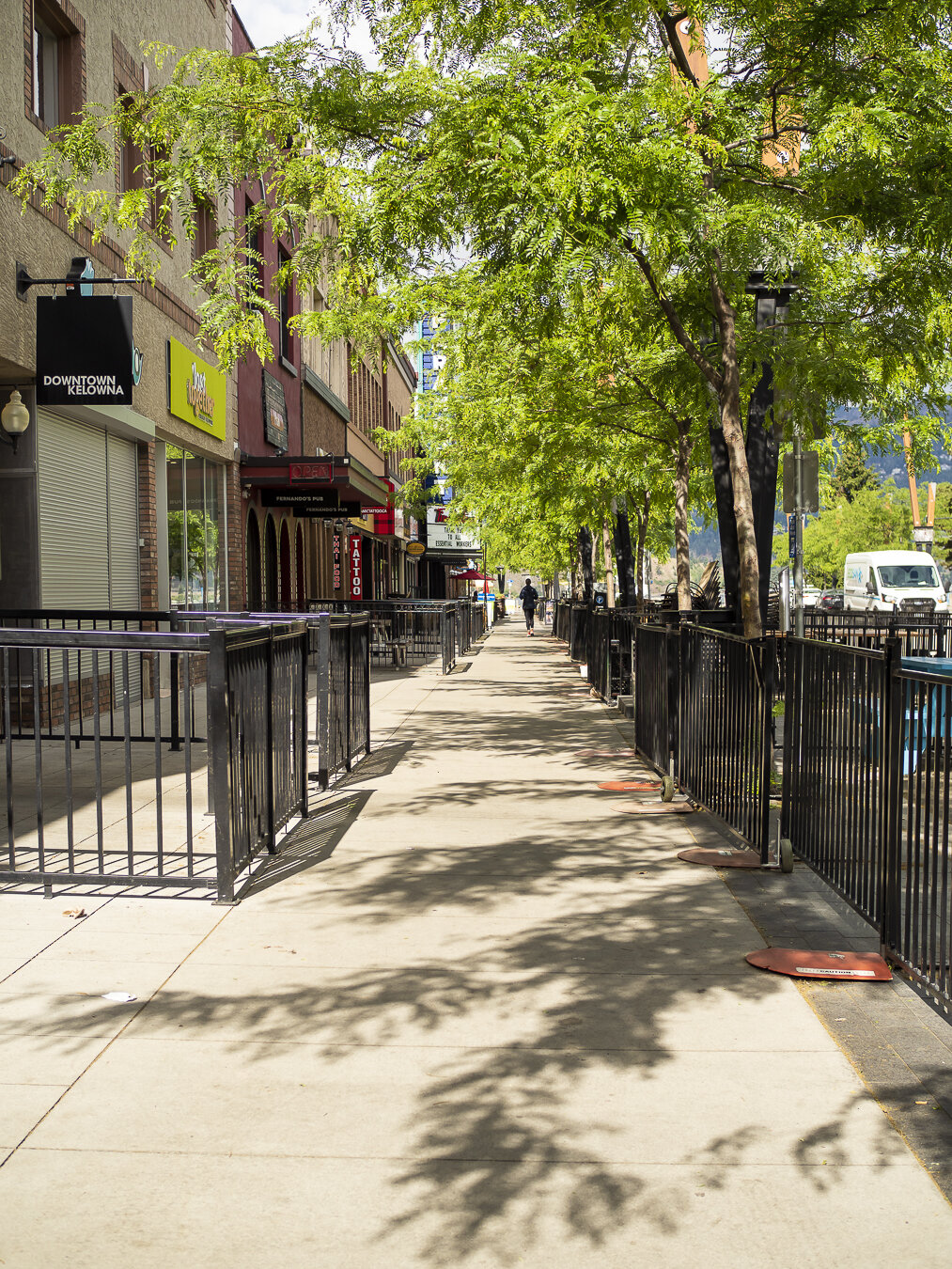I was lucky enough to do some travelling in the past few months and in reflection of my summer I wanted to give you some photography composition and technique ideas to give a try on your next trip or casual weekend outing!
Hiding the Crowds
It’s very difficult to photograph a popular location without a lot of crowds or people. You could wake up early and get to location before sunrise, however, for those of you that can’t wake up early or it’s very difficult to, you just have to find a way to hide the crowds.
To give you an example, below is a photograph I took of the BC Parliament Building in Victoria around mid-morning.
What you can’t see is that there is quite a bit of crowds around the building and there was a family just on the other side of the foliage taking a photo in front of the building. To creatively hide the crowds I used the surrounding elements, in this case the planter/flower boxes in front of the building.
Frame within a Frame
One of my favourite ways to photograph travelling from place to place is to frame within a frame. You literally frame your composition around an existing frame. I tend to use windows of the transportation vessel - ferry, vehicle, boat, etc.,
For example, in the photo to the left is a capture of travelling on the ferry from Vancouver to Vancouver Island, in the middle is a photo of travelling around Osoyoos for wine tastings, and in the last photo to the right is a photo from a casual weekend outing to Penticton, BC.
I like taking these kinds of photos to show context of our trip.
Self-Reflection to Show Place
As I mentioned in my previous idea I like to capture images that show context of our trip. These are photos that aren’t the ‘final view’ but really bring the story together. As a way to document where we eat on a trip I love using self-reflections - I stand in front of the restaurant window, incorporate the sign into the composition and it’s a creative way to document those moments.
In the photo to the left we were eating at a little restaurant in Chinatown called Little Yunnan and in the photo to the right we were hunting for a place to eat Nanaimo Bars in Nanaimo!
Phone Reflection
Using my phone to create a reflection is a technique that I picked up from Lisa at The Wandering Lens. I’ve used it create a unique photo of Canada Place, used it locally, and on this recent trip to Victoria I used it to photograph the BC Parliament Building at night all lit up.
To do this you hold your phone up to your lens and carefully fiddle with your position and phone angle to create the reflection.
This process can be tedious, in the night time reflection of the BC Parliament building it took me 30-minutes or more to get the right reflection. I had to fiddle with my position and angle for a long time before I got it right.
In my experience I have found that horizontal and simple structures work best and are easier to photograph.
Timelapse
Timelapses are a great way to show movement and time passing. I wish I had created time on my Victoria trip to create a timelapse of the Inner Harbour at golden hour or the sunset at the Ogden Breakwater.
If you don’t know what a timelapse is or how to create one I have a blog post created already that I’ll link here.
Stop Motion
My last idea is to create a stop motion. I’ve played around with stop motion before but never in a travel or outdoor capacity. It’s a fun technique to play with but it will require time and a tripod. I also have a blog post on creating a stop motion that I’ll link here or you can read the article I wrote for Olympus here.
I hope you found some inspiration or ideas for your next trip or weekend outing, happy photographing!
Beautifully Wander | Robynne MacLeod

























































































































































